Walk into a cutting-edge animal hospital today and you’ll feel the quiet thrum of a different kind of emergency room – part research lab, part community clinic, and part data nerve center. Veterinarians are harnessing tools once reserved for elite human medicine to save geriatric cats, injured hawks, and working dogs who can’t afford downtime. The stakes are enormous: families depend on these animals, ecosystems hinge on wildlife, and emerging diseases don’t respect species lines. The new wave of veterinary innovation is rewriting how we diagnose faster, operate smarter, and prevent better. And while the tech is dazzling, what’s more striking is the humane design behind it – care that feels personal, even when powered by algorithms.
The Hidden Clues
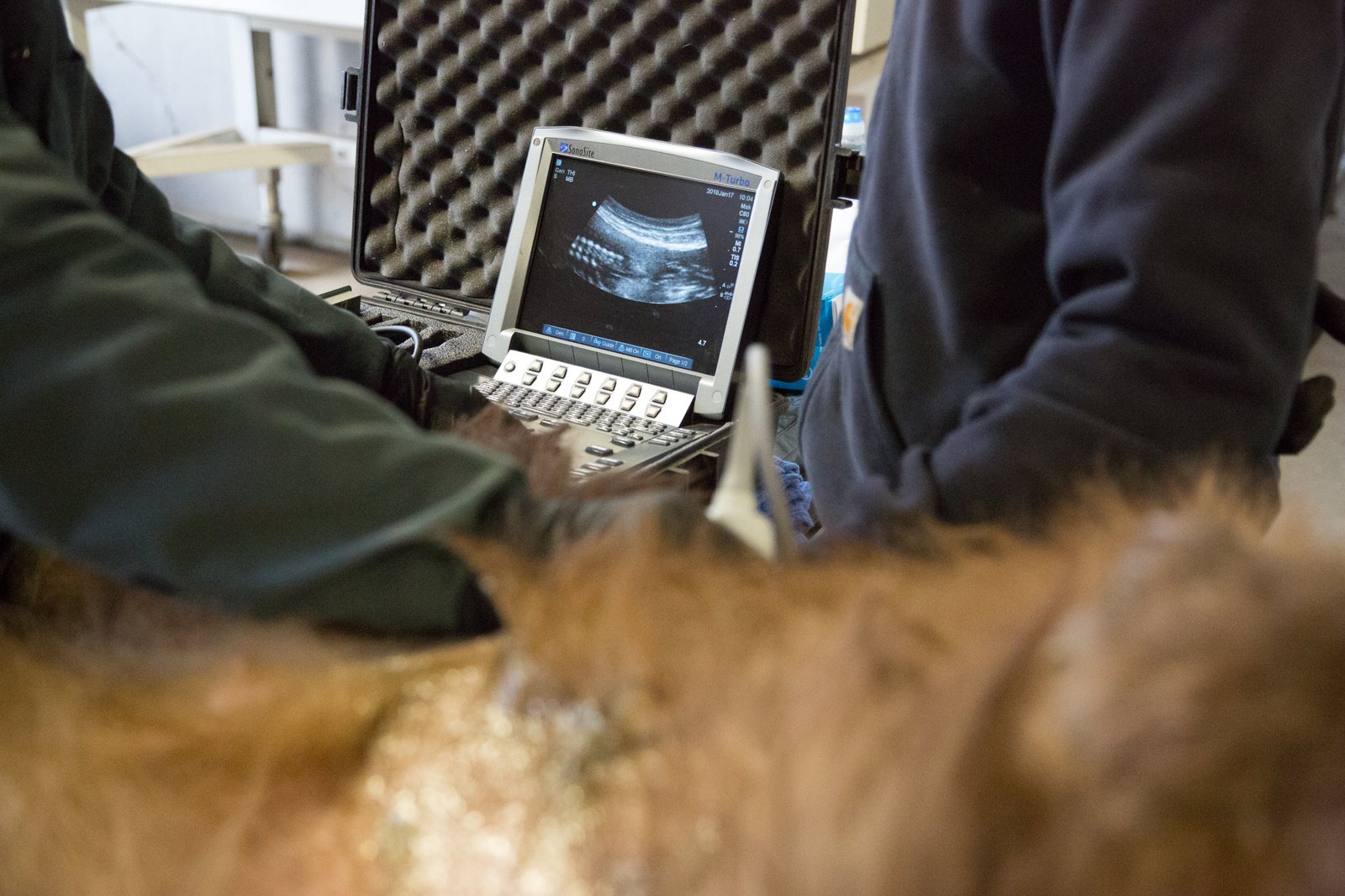
Innovation in veterinary care often starts with finding what animals can’t say out loud. Subtle posture shifts, micro-changes in respiration, and faint temperature variations become signals when hospitals pair attentive clinicians with thermal imaging, point‑of‑care ultrasound, and continuous wearable monitors. In one small-town clinic I visited, a quiet beagle with a normal exam looked “off,” and a handheld ultrasound revealed fluid that would’ve been missed in a rush.
These tools don’t replace hands-on medicine; they amplify it by turning hunches into evidence. The result is a faster, kinder path to answers for patients who cannot speak, and it’s changing how quickly teams move from suspicion to treatment.
From Ancient Tools to Modern Science
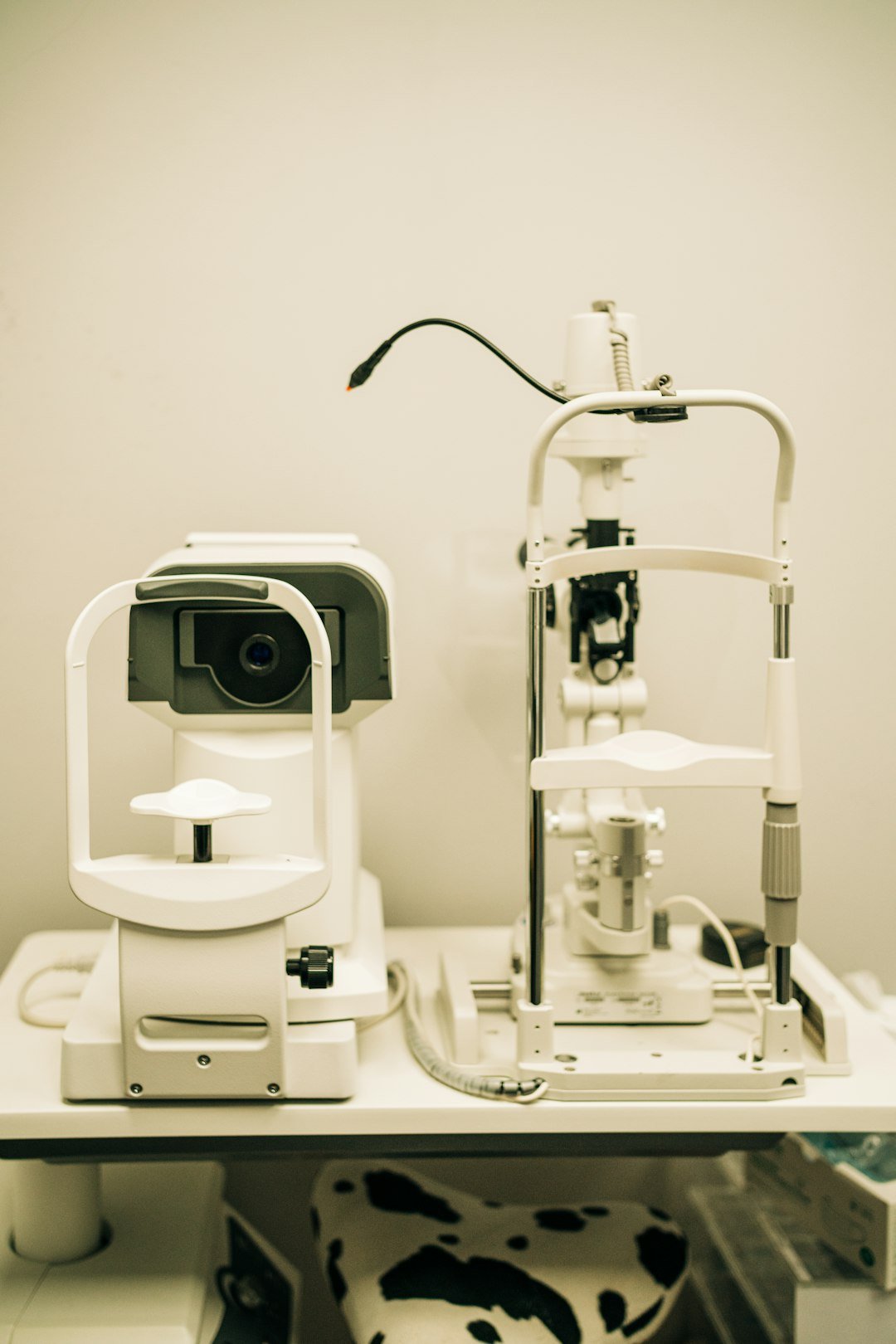
Veterinary medicine has always been inventive – think of the stethoscope, born in the nineteenth century and still a daily ritual. Today’s equivalents are video endoscopy, arthroscopy, and advanced imaging suites where CT and MRI guide minimally invasive procedures that shorten recovery times. In orthopedics, 3D‑printed models help surgeons rehearse complex repairs and design custom implants that fit like a glove.
Regenerative therapies are creeping from experimental to practical in select cases, with platelet‑rich plasma and carefully governed stem‑cell applications used to support healing in tendons and joints. The pace is cautious by design, but the direction is unmistakable: more precision, less trauma, better function.
Inside the New Operating Room
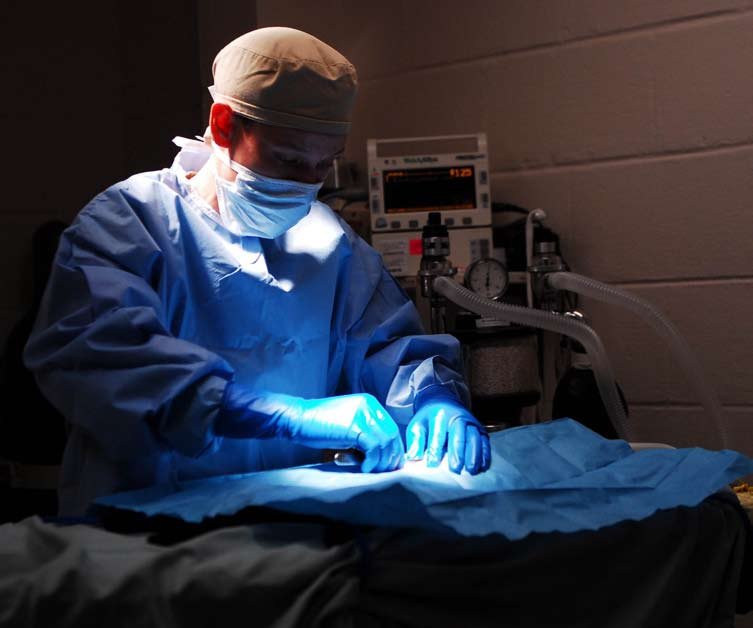
Modern veterinary ORs resemble spacecraft: ceiling‑mounted imaging, sealed airflow, and anesthesia workstations tuned for tiny patients and giant ones alike. Surgeons rely on high‑definition scopes to snake through a knee or retrieve a swallowed object through a few millimeters of incision. Pain control is equally sophisticated, blending local nerve blocks with multimodal medications to curb opioid use where possible.
Critical care doesn’t stop when sutures go in. Post‑op bays integrate real‑time capnography, arterial pressure monitoring, and smart pumps that adjust on the fly, giving fragile patients a safer landing from anesthesia.
Data, AI, and the Real‑Time Hospital
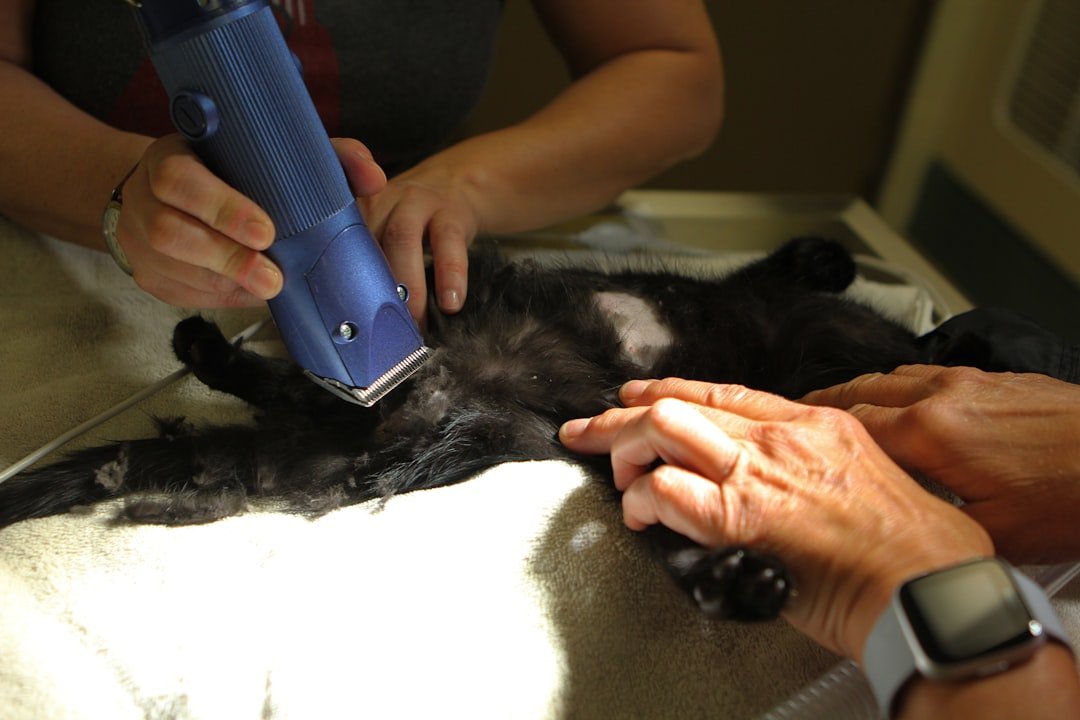
Across the U.S., animal hospitals are building quiet data engines – structured records, digital pathology slides, and imaging archives that feed decision support. Artificial intelligence is beginning to flag subtle patterns in radiographs, triage urgent messages, and surface dosing guidance for complex cases. None of this replaces a veterinarian’s judgment; it acts more like a second set of vigilant eyes that never blink.
Even at the front desk, automation trims delays while maintaining empathy, routing refills, prioritizing emergencies, and freeing humans to handle the hard conversations. The magic is not the algorithm but the workflow that keeps the pet, not the software, at center stage.
One Health in Action
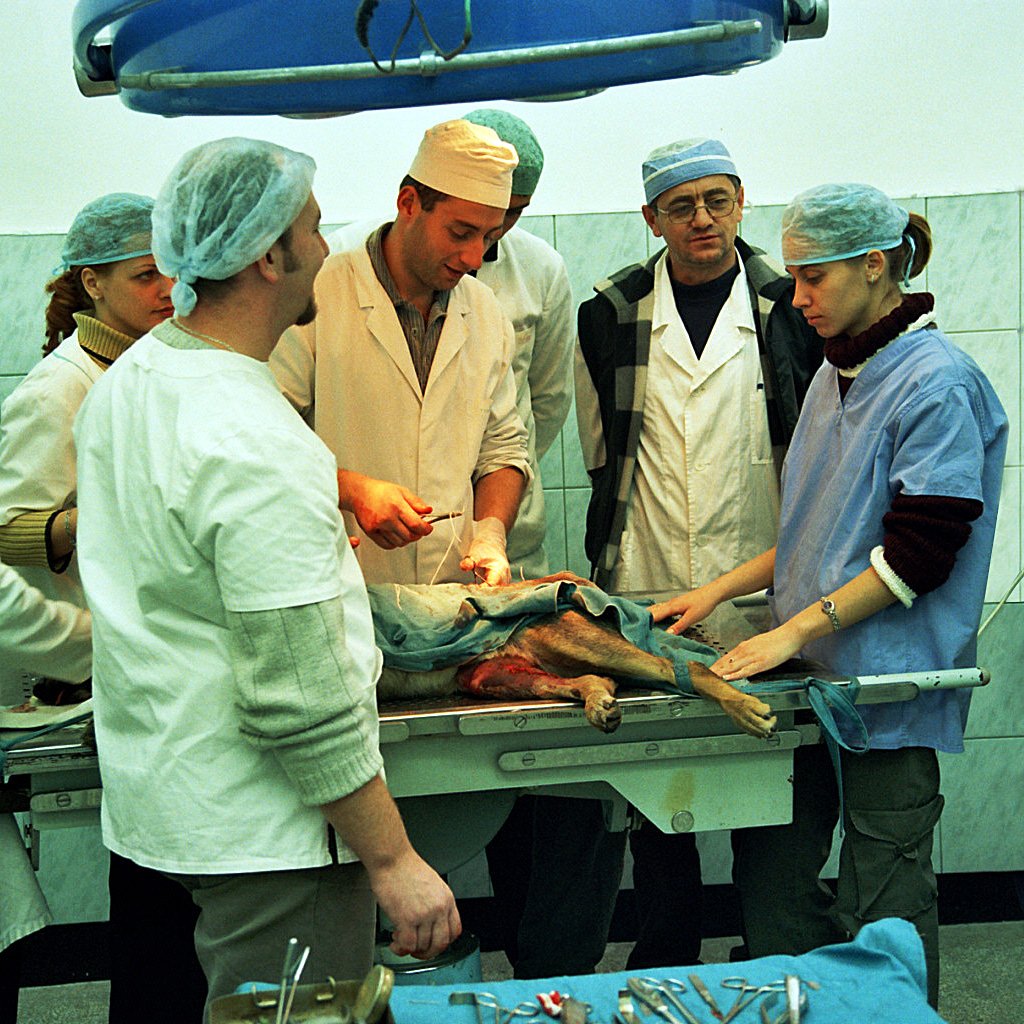
Leading hospitals don’t operate as islands; they connect with public health agencies and wildlife centers to track diseases that jump species. When puzzling fevers or respiratory clusters surface, diagnostic labs now sequence pathogens faster and share signals that can protect communities. This is One Health made practical – environmental, human, and animal data converging to catch trouble early.
Hospitals also champion antimicrobial stewardship, standardizing cultures, shortening unnecessary antibiotic courses, and investing in infection‑control design. Cleaner medicine isn’t just good for the patient in kennel three; it helps slow resistance that threatens treatments for everyone.
Equity, Access, and the Road to Rural America
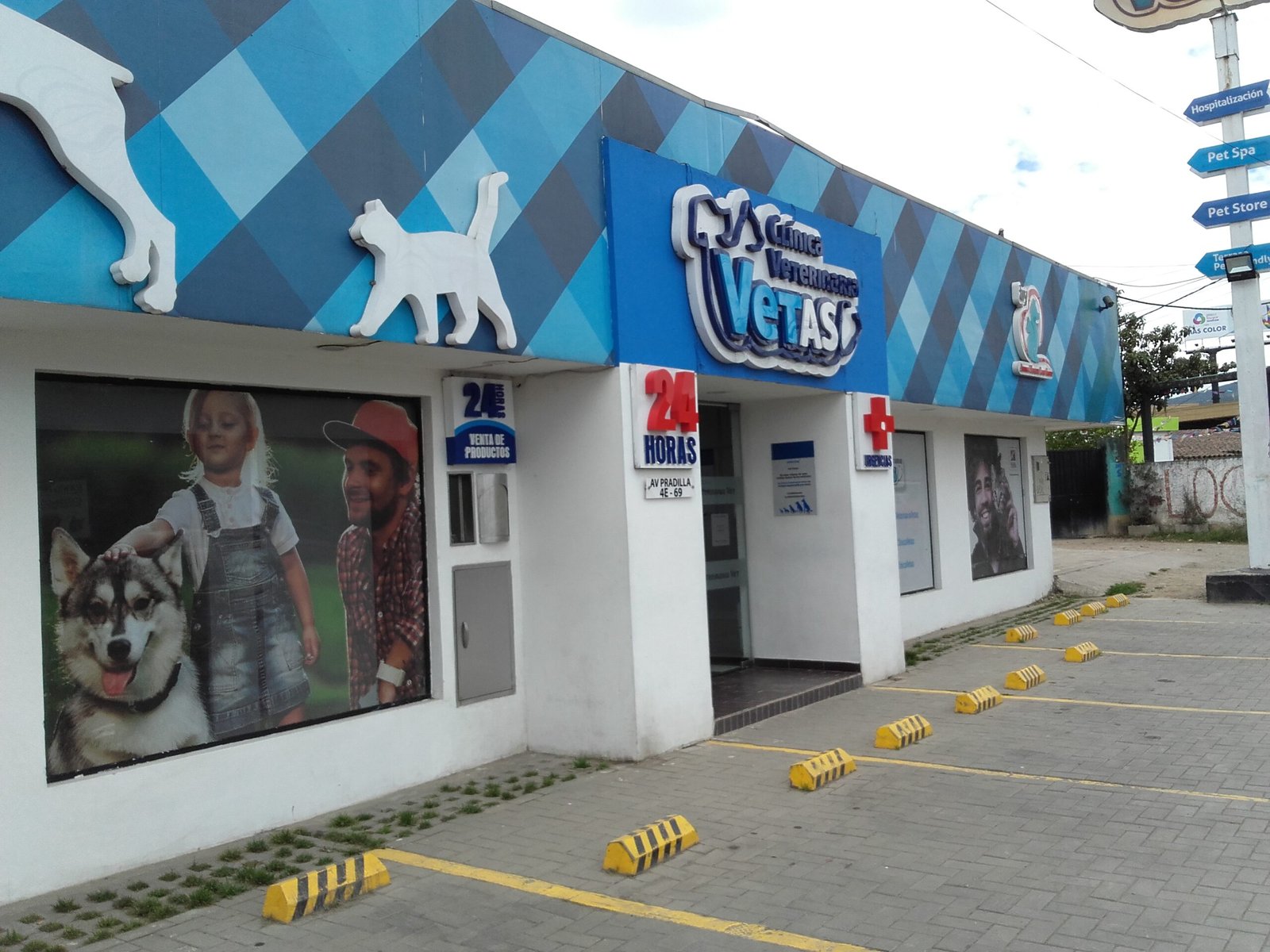
Innovation means little if it’s stuck in big cities. Mobile surgical units, teleconsults, and regional referral networks are pulling advanced care to places that used to wait hours – or days – for specialist help. I’ve watched a smartphone‑guided ultrasound in a farm parking lot change a care plan without a long drive or a costly guess.
Sliding‑scale funds and partnerships with shelters and tribal communities stretch the safety net further. The quiet revolution here is logistical: the right care, at the right place, before a small problem becomes catastrophic.
Why It Matters
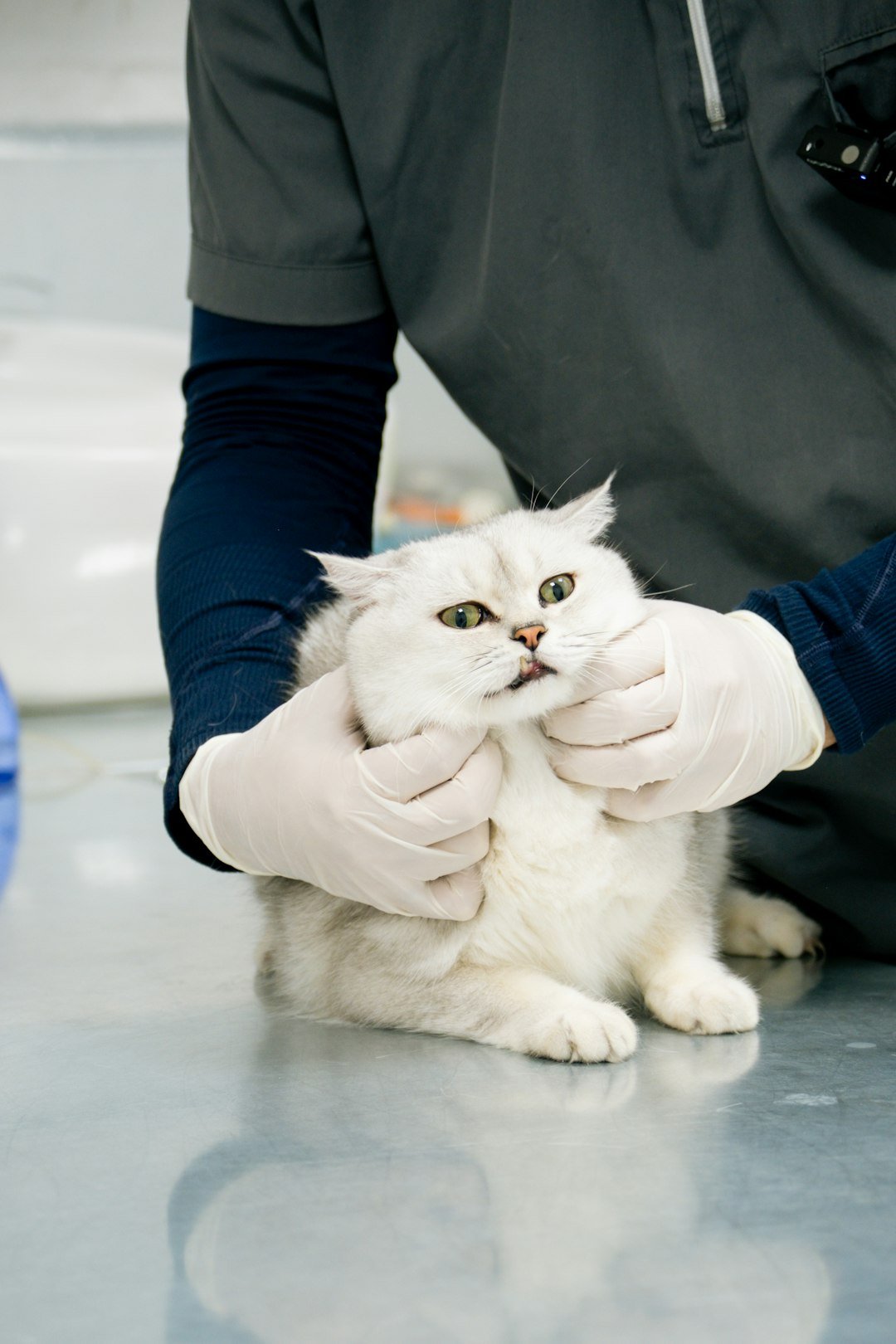
For years, veterinary breakthroughs followed human medicine by a wide margin due to funding limits and smaller patient pools. That gap is narrowing as hospitals prove that smarter workflows, not just pricier machines, deliver better outcomes – fewer complications, shorter stays, and a gentler experience for anxious animals. The shift also guards against public health blind spots by catching zoonotic threats early.
Compared with traditional, appointment‑only models and analog records, today’s integrated systems reduce friction and uncertainty for families making fast decisions. The payoff is both emotional and measurable: more good days at home and fewer overnight crises that could have been avoided.
The Future Landscape

On the horizon, expect wider use of digital pathology with remote reads, AI‑assisted cytology at the point of care, and expanded tele‑ICU support for smaller hospitals. Wearables will move beyond step counts into true cardiopulmonary insights, giving clinicians continuous baselines instead of snapshots. Sustainability will mature too, with low‑flow anesthesia and greener sterilization practices shrinking the climate footprint of ORs.
The big challenges are access and trust – ensuring tools don’t widen inequities and that data sharing protects privacy while enabling discovery. If hospitals crack those puzzles, the next decade could feel less like incremental change and more like a leap.
Training the Next Generation

Innovation sticks when hospitals invest in people as much as platforms. Teaching hospitals and specialty centers now blend simulation labs, cadaveric practice, and mentored cases to build confidence without risking patient safety. Continuing education has grown teeth, with case‑based modules that translate directly to better care on Monday morning.
Technicians and nurses are at the center of this story, mastering advanced anesthesia, catheter placement, and imaging skills that once belonged only to doctors. The team model doesn’t just scale capacity; it elevates the standard of care everywhere it’s used.
How You Can Help
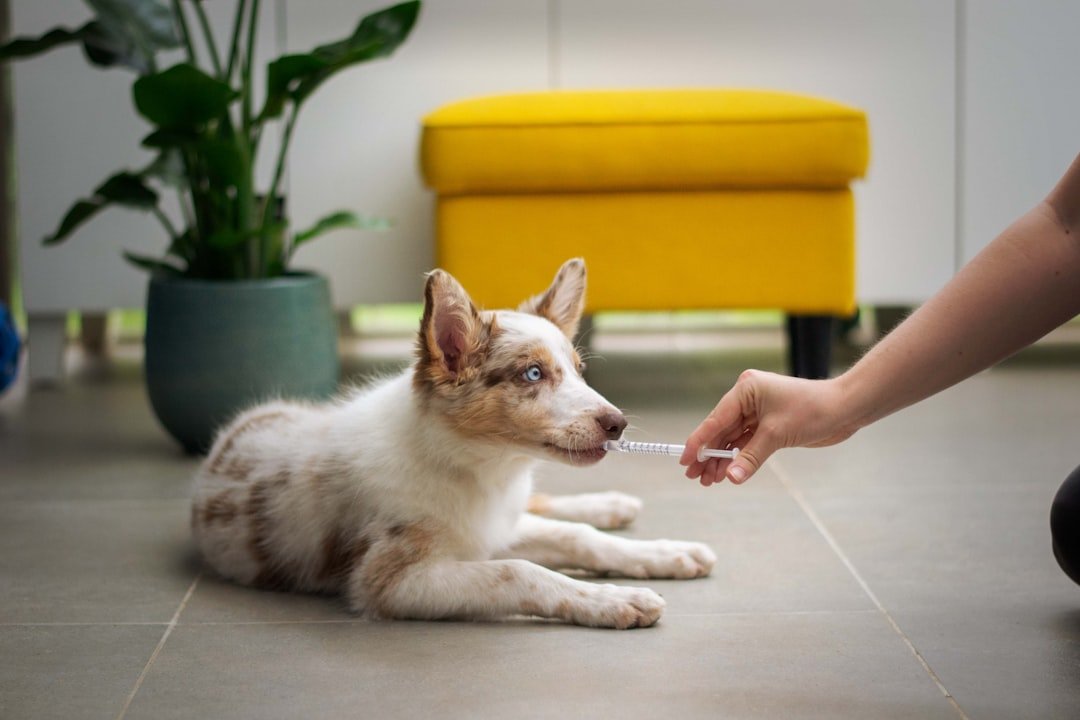
Readers often ask where to start, and the answer is simpler than it seems. Keep a preventive care rhythm – vaccines, parasite control, dental checks – so hospitals can focus on the unexpected rather than the avoidable. Consider pet insurance or a dedicated savings plan to cushion surprise costs and expand your options when moments matter.
Support local shelters and wildlife centers that partner with hospitals on research and rehabilitation, and ask your clinic about antimicrobial stewardship and pain‑management policies. Your curiosity signals that these advances matter beyond the exam room.
Conclusion
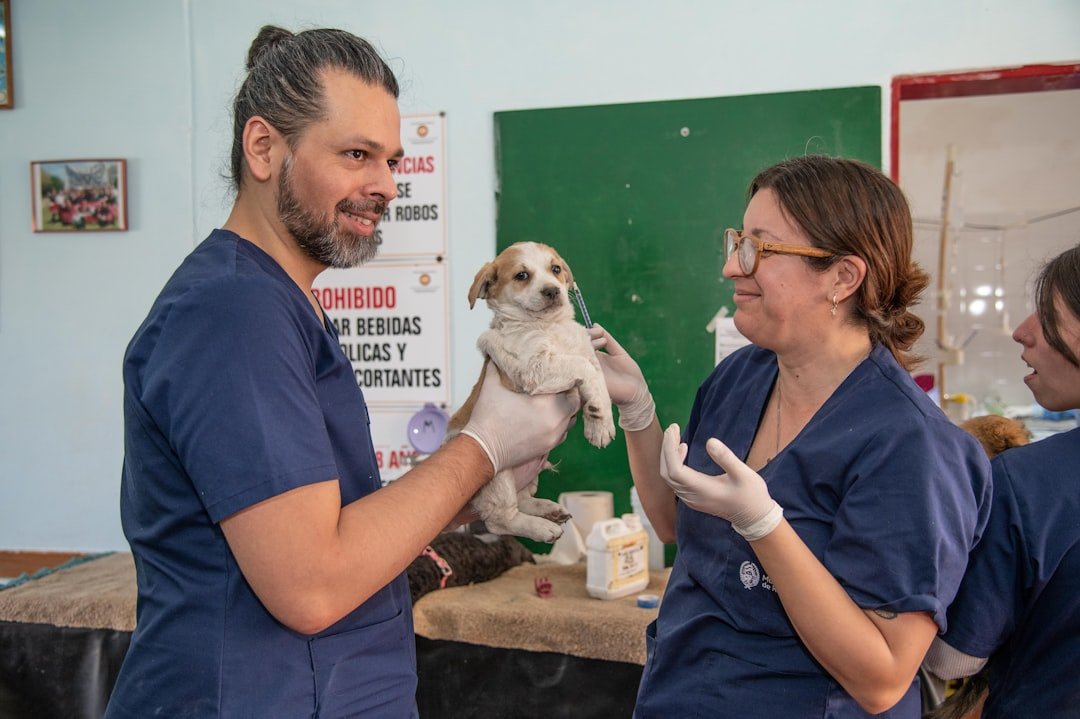
America’s most innovative animal hospitals are not just buying new machines; they’re rebuilding medicine around empathy, evidence, and speed. The result is a safer surgical suite, a smarter ICU, and a diagnostic playbook that hears the whispers animals can’t voice. In a world where a barn cat, a backyard hawk, and a city kid’s terrier share invisible risks, that integrated approach feels less like luxury and more like necessity.
Maybe that’s the real breakthrough: care that’s high‑tech without losing its heartbeat. If this is the new normal, what part surprised you most?

Suhail Ahmed is a passionate digital professional and nature enthusiast with over 8 years of experience in content strategy, SEO, web development, and digital operations. Alongside his freelance journey, Suhail actively contributes to nature and wildlife platforms like Discover Wildlife, where he channels his curiosity for the planet into engaging, educational storytelling.
With a strong background in managing digital ecosystems — from ecommerce stores and WordPress websites to social media and automation — Suhail merges technical precision with creative insight. His content reflects a rare balance: SEO-friendly yet deeply human, data-informed yet emotionally resonant.
Driven by a love for discovery and storytelling, Suhail believes in using digital platforms to amplify causes that matter — especially those protecting Earth’s biodiversity and inspiring sustainable living. Whether he’s managing online projects or crafting wildlife content, his goal remains the same: to inform, inspire, and leave a positive digital footprint.




